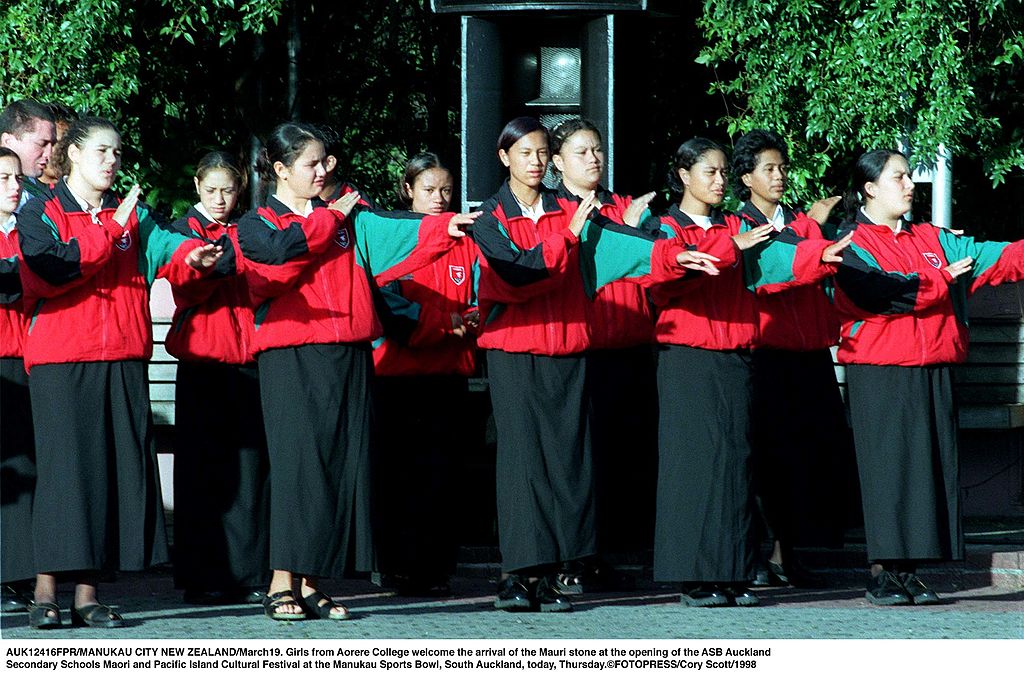In New Zealand, there has been a surge in demand for te reo Māori courses in recent years as the government aims to have one million speakers of the Māori language by 2040. While 30% of New Zealanders can speak a few words and phrases of te reo Māori, and about 8% speak it fairly well, the goal is to significantly increase these numbers.
The Chief Executive of the Māori Language Commission, Ngahiwi Apanui, believes that the goal is achievable and that interest in the language will continue to grow. He noted that once the first million speakers are reached, subsequent growth tends to occur more rapidly.
However, there are challenges to achieving this goal. One challenge is the need for more te reo Māori teachers (kaiako). While demand for te reo courses is high, there is a shortage of qualified teachers. Additionally, some people, especially older individuals who were not allowed to learn te reo Māori during their youth, may face barriers related to shame (whakamā) when returning to the classroom.
Wiremu Beazley, a kaiako at Te Wānanga o Aotearoa, has seen a surge in Māori students enrolling in te reo courses, particularly older individuals eager to reconnect with their language and culture. He noted that whakamā, or shame, is a significant barrier for some learners, as they feel they should already know the language.
On the other hand, younger Māori learners often thrive in learning te reo Māori and their culture. Improved access to te reo resources and courses has contributed to the language’s resurgence.
Mark Rainey, who teaches te reo classes to mainly Pākehā (non-Māori) students on Auckland’s North Shore, noted that Pākehā students often struggle with believing they can speak te reo. However, as they learn the language, they also gain a better understanding of tikanga Māori (Māori customs and practices). Rainey emphasized that the growth of the reo community in Devonport shows the demand for te reo courses but also the need for more Māori teachers.
A recent study from the University of Canterbury found that even those who cannot speak te reo Māori have some knowledge of the language. Non-fluent te reo speakers could define approximately 70 kupu (words). The study suggests that adult brains are capable of absorbing the sound patterns of languages, making language learning more accessible.
Overall, the interest in learning te reo Māori is growing, and efforts are being made to meet the demand for courses and teachers to help achieve the government’s goal of one million speakers by 2040.
Please note that this information is accurate as of the knowledge cutoff date in September 2021, and there may have been developments since that time.













I thought this article would be hard to understand but they made it very clear.
This article was really informative! It only took me 5 minutes to read!!!